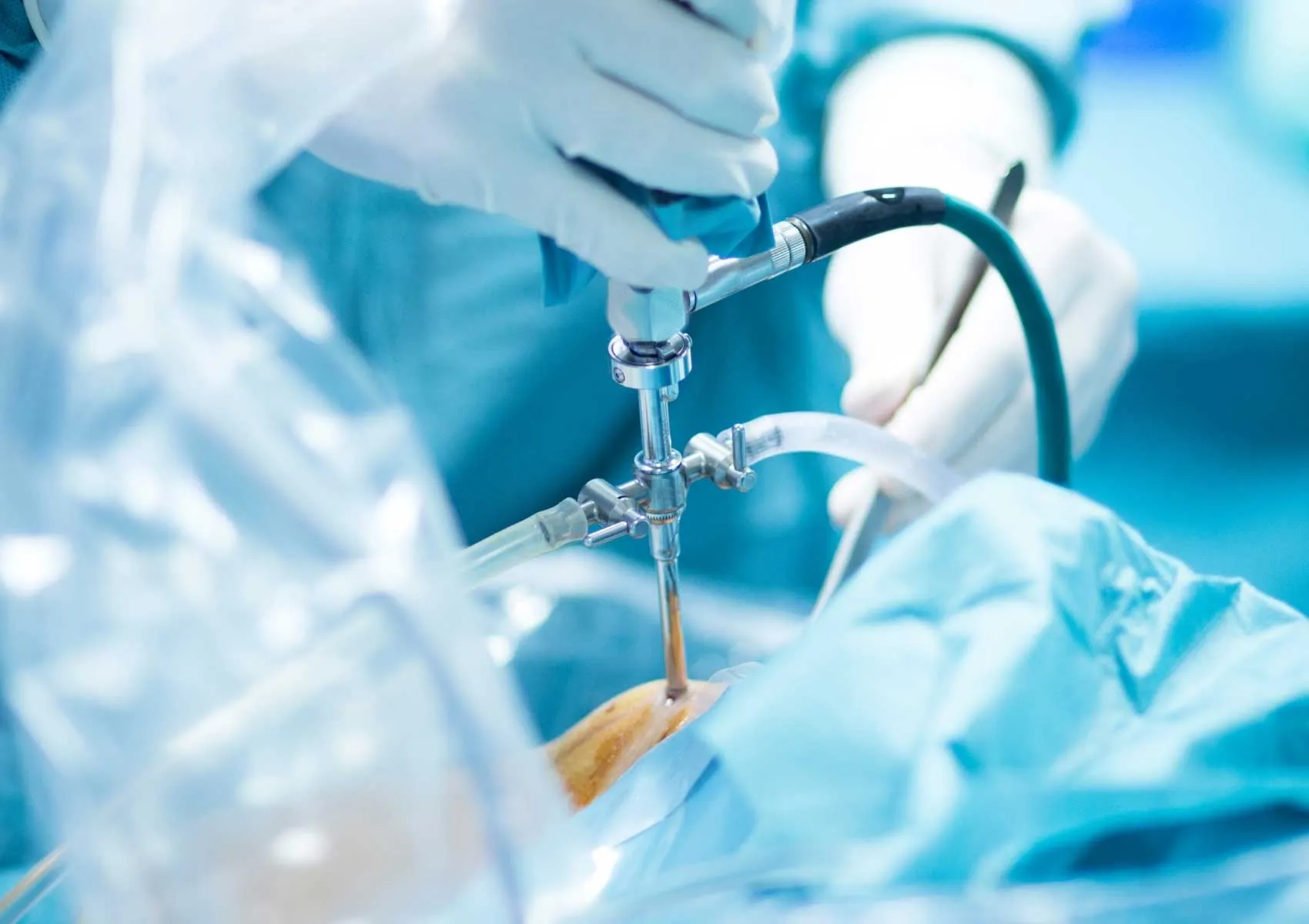Technological Advances in Arthroscopic Surgeries
Arthroscopic surgeries have enabled minimally invasive treatment approaches in orthopedics and traumatology. Thanks to technological advancements, surgical success rates have increased while patient comfort and recovery times have decreased. This article explores the latest technologies used in arthroscopic surgeries, robotic supports, and imaging techniques in detail.
Arthroscopic surgery is regarded as one of the most significant advancements in orthopedics and traumatology over the past several decades. Compared to traditional open surgery methods, minimally invasive techniques offer less tissue damage, shorter hospital stays, and faster recovery, making them highly valuable in treating sports injuries and joint diseases. A fundamental factor behind the success of arthroscopic surgery is the rapid progression of technology. This article discusses the latest technological innovations in arthroscopic surgeries from various perspectives.
Minimally Invasive Approaches in Orthopedics and Traumatology
The fundamental advantage of arthroscopic surgery lies in accessing the joint through small incisions, thereby preserving surrounding tissues. One key advancement enhancing the efficiency of this approach has been the development of slender, high-resolution arthroscope cameras. Previously limited in visual quality and angle of view, newer generations equipped with LED light sources and digital sensors provide significantly improved clarity. This allows surgeons to observe intra-articular structures more clearly and perform interventions with greater precision.
Technological progress extends beyond imaging devices; specialized arthroscopic surgical tools and portals have also undergone substantial changes. More ergonomic instruments with multifunctional movement capabilities and reduced tissue damage shorten surgery duration and lower complication risks. For example, new screwdrivers, cutting tools, and suture devices used in arthroscopic procedures on major joints like the hip and knee play a key role in enhancing surgical dexterity.
Advancements in Imaging Techniques
Imaging technologies used in arthroscopic surgery are not limited to arthroscope cameras alone. Recently, non-invasive imaging methods such as MRI (Magnetic Resonance Imaging) and ultrasound are increasingly employed for diagnosis and follow-up before and after surgery. High-resolution MRI images are especially critical in accurately assessing cartilage damage and labral tears inside joints. These technologies optimize surgical planning, enabling the surgeon to conduct targeted and successful operations.
Additionally, three-dimensional (3D) reconstruction and virtual reality technologies are used to create patient-specific anatomical models. Surgeons can rehearse virtually and develop strategies before surgery in complex cases using these models, reducing surgical risks and increasing success rates.
Next-Generation Surgical Instruments and Robotic Assistance
Robotic surgical technologies are becoming more prevalent in arthroscopic interventions. Robotic systems minimize surgeon hand tremors, allowing for more precise and controlled movements. Robotic arms assist in optimal placement of surgical tools, enabling high-precision operations with minimal tissue trauma. Particularly in knee and hip replacement surgeries, robotic assistance ensures accurate implant positioning, contributing to long-term success.
Artificial intelligence (AI)-based algorithms are also effectively utilized in image analysis and surgical planning. Working with patient-specific data, these algorithms assist the surgeon in determining the most appropriate surgical approach. Moreover, real-time image processing technologies provide enhanced intraoperative guidance for surgeons.
The Role of Technology in the Rehabilitation Process
Recovery is as critical as surgical success for patients. The impact of technology on rehabilitation is prominent in arthroscopic surgeries. Nowadays, wearable sensors and motion tracking devices enable accurate monitoring of patients’ exercise performance and functional improvements. This allows physiotherapists to design personalized rehabilitation programs and manage the recovery process more effectively.
Furthermore, virtual reality–based rehabilitation programs boost patient motivation and enhance adherence to exercises. These technological supports help patients return to daily activities as fast and smoothly as possible after surgery.
Technological advancements in arthroscopic surgeries not only elevate the quality of treatment in orthopedics and traumatology but also positively influence patients’ quality of life. The ongoing developments in next-generation surgical equipment, robotic assistance, advanced imaging techniques, and integration into rehabilitation continue to expand this field. These innovations, of particular interest to Prof. Dr. Gökhan Polat, are revolutionary especially in the treatment of sports injuries and joint diseases.
FAQ
-
What are the advantages of robotic systems used in arthroscopic surgeries?
Robotic systems reduce surgeon hand tremors, enabling more precise and controlled movements. They also improve the accuracy of surgical tool placement, minimize tissue damage, and increase the success rates of surgeries.
-
What role do new imaging technologies play in arthroscopic surgical planning?
High-resolution MRI, ultrasound, and 3D reconstruction techniques allow detailed visualization of intra-articular structures before surgery. This enables surgeons to plan more accurately and reduce the risk of complications.
-
How does technology impact rehabilitation after arthroscopic surgery?
Wearable sensors and virtual reality programs monitor patient exercise performance, personalize recovery processes, and enhance motivation. This results in faster and more effective healing.
-
What are the innovations in arthroscopic surgical instruments?
New instruments are designed to be more ergonomic, have multifunctional movement capabilities, and cause minimal tissue damage. This shortens surgery duration and increases the chance of success.
-
How does minimally invasive surgery contribute to patient comfort?
Minimally invasive surgery uses smaller incisions, reducing pain, infection risk, and complications. It also shortens hospital stays and speeds up the return to daily life.

